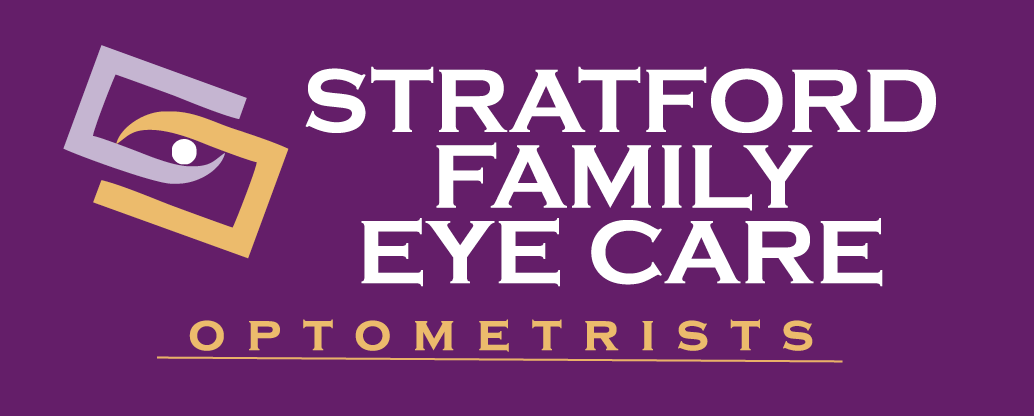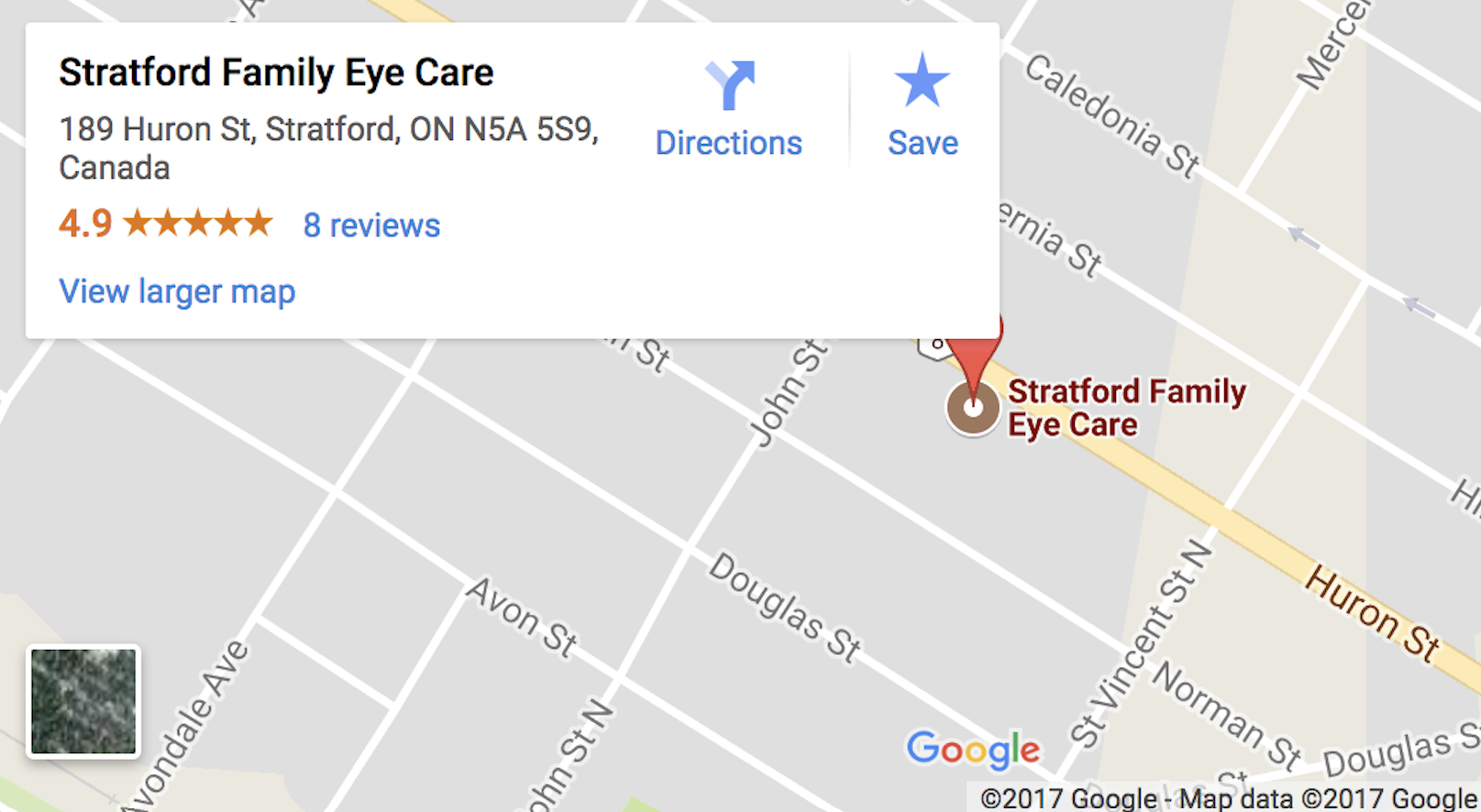Orthokeratology, commonly called ortho-k, is a method used to correct myopia (nearsightedness) by wearing rigid gas permeable contact lenses overnight, so that no vision correction is needed during daytime hours.
Gas permeable (GP) lenses specialized for ortho-k are inserted at bedtime and worn as you sleep. Throughout the night, the lenses reshape your cornea gently so that your vision becomes clear on the following morning. The correction is temporary, and ideally no eyeglasses or contact lenses will be needed on the next day or two. In order to maintain sharp visual acuity on a daily basis, you need to wear the ortho-k reshaping lenses every night.
At present, two brands of ortho-k contact lenses are approved for use by Health Canada and the FDA in the United States. Paragon Vision Sciences produces “Corneal Refractive Therapy” (CRT), and Bausch and Lomb manufactures “Vision Shaping Treatment” (VST).
Candidates for Ortho-K
Most people with mild to moderate myopia (with or without mild astigmatism) are good candidates for ortho-k. As an adult, the corneal reshaping effect is temporary, little risk is involved, and you can discontinue wearing the lenses at any time — provided you are willing to start wearing glasses or contacts again when your myopia returns! Evidence suggests nearsighted kids who undergo several years of orthokeratology may end up with less myopia as adults, compared with children who wear eyeglasses or regular contact lenses during the peak years for myopia progression (see section onmyopia control). Children and young adults who want to be glasses-free but are too young for LASIK orare not good candidates for refractive surgery for other reasons (ie dry eyes) are often good candidates for ortho-k. People who participate in contact sports or work in dusty environments that can pose problems for contact lens wear also can be good candidates.
What To Expect When You Begin Ortho-K
The eye doctor will begin by measuring the curvatures of your corneas using an instrument calleda corneal topographer — a painless procedure that takes about a minute and produces a topographical map of your eye’s surface. Your optometrist will then order custom ortho-k lenses for fitting at a later date. You may need a series of temporary lenses to see properly until you reach the desiredprescription. In most cases, up to three pairs of lenses are required to achieve the maximum visioncorrection effect. When you begin to wear ortho-k lenses, you will likely have some awareness of thelenses on your eyes until you fall asleep. With time, the lenses typically become more comfortableimmediately upon insertion.
Vision Results from Ortho-k
Success rates for ortho-k are generally higher for more mild vision prescriptions. The ideal goal is to provide 20/20 vision without any need for eyeglasses or contacts during the day.
Note that although improvement in vision is generally reported within a day or two of wearing ortho-k overnight, the full effects may not be experienced until the lenses are worn for a few weeks. During this transition period, your vision will probably not be as crisp as it was with regular contacts or eyeglasses, and glare or halos around lights may be visible. Until ortho-k works fully, a temporary pair of eyeglasses may be required for specific actions, such as driving at night.
How Long Does It Take For Maximum Ortho-K Effect?
This depends on many factors, especially the amount of nearsightedness (and possibly astigmatism) youhave when you begin the ortho-k process. Some people can have excellent vision after a day or two ofovernight ortho-k. But for higher prescriptions it can take two weeks or longer for maximum correction.Until your eyes are fully corrected, you might notice blurred vision and glare and halos around lights. Insome cases, you may need to wear glasses (with a lesser prescription than you originally had) during theortho-k process. Also, in some cases, mild glare and halos might persist even after maximum ortho-kcorrection.
Is Ortho-k expensive?
Fitting ortho-k lenses is a more time-consuming process and requires more expertise than fitting regular contact lenses. It requires a series of office visits and potentially multiple sets of lenses. The cost of ortho-k, including follow-up care associated with fitting the lenses, can vary significantly depending on the type and degree of your refractive error and whether you are choosing ortho-k lenses for long-term myopia control. Ortho- K is typically $1500 for the first year including all contact lenses and eye appointments. OHIP does not cover any contact lens appointments. Normally, orthokeratology is not covered completely by insurance plans, but a portion of the fees may becovered by some plans.
LASIK after Ortho-k
Yes, it’s possible to have LASIK after ortho-k if you later desire vision surgery to permanently correct your eyesight. You will have to discontinue wearing the lenses and wait a period of time before surgery(possibly several months) to allow your corneas to stabilize without contact lenses. Finally, keep in mindthat, as with all contact lenses, there are some possible side effects and complications of wearing ortho-klenses such as increased risk of infections, dryness and haloes around lights.


* Closed long weekends.